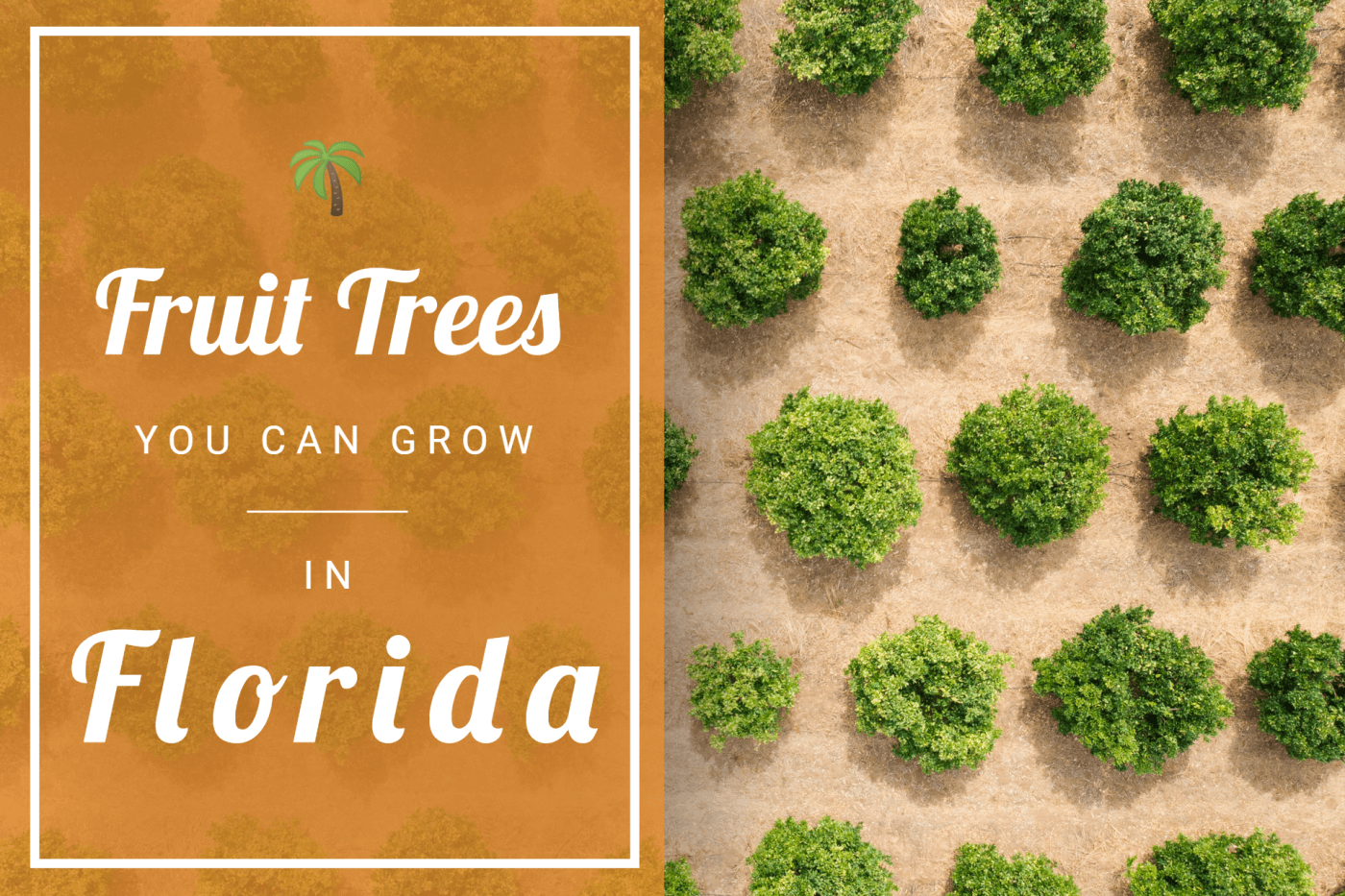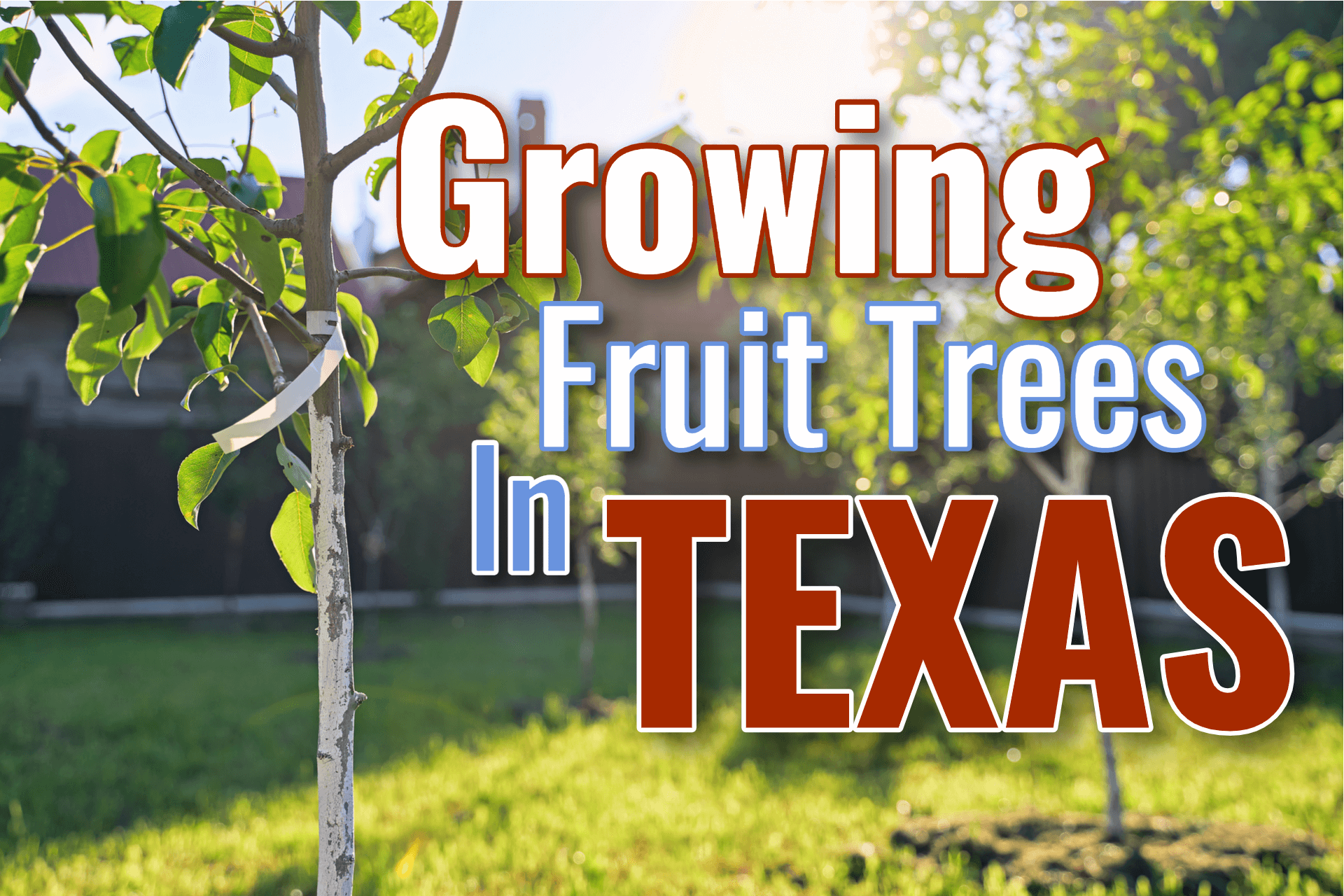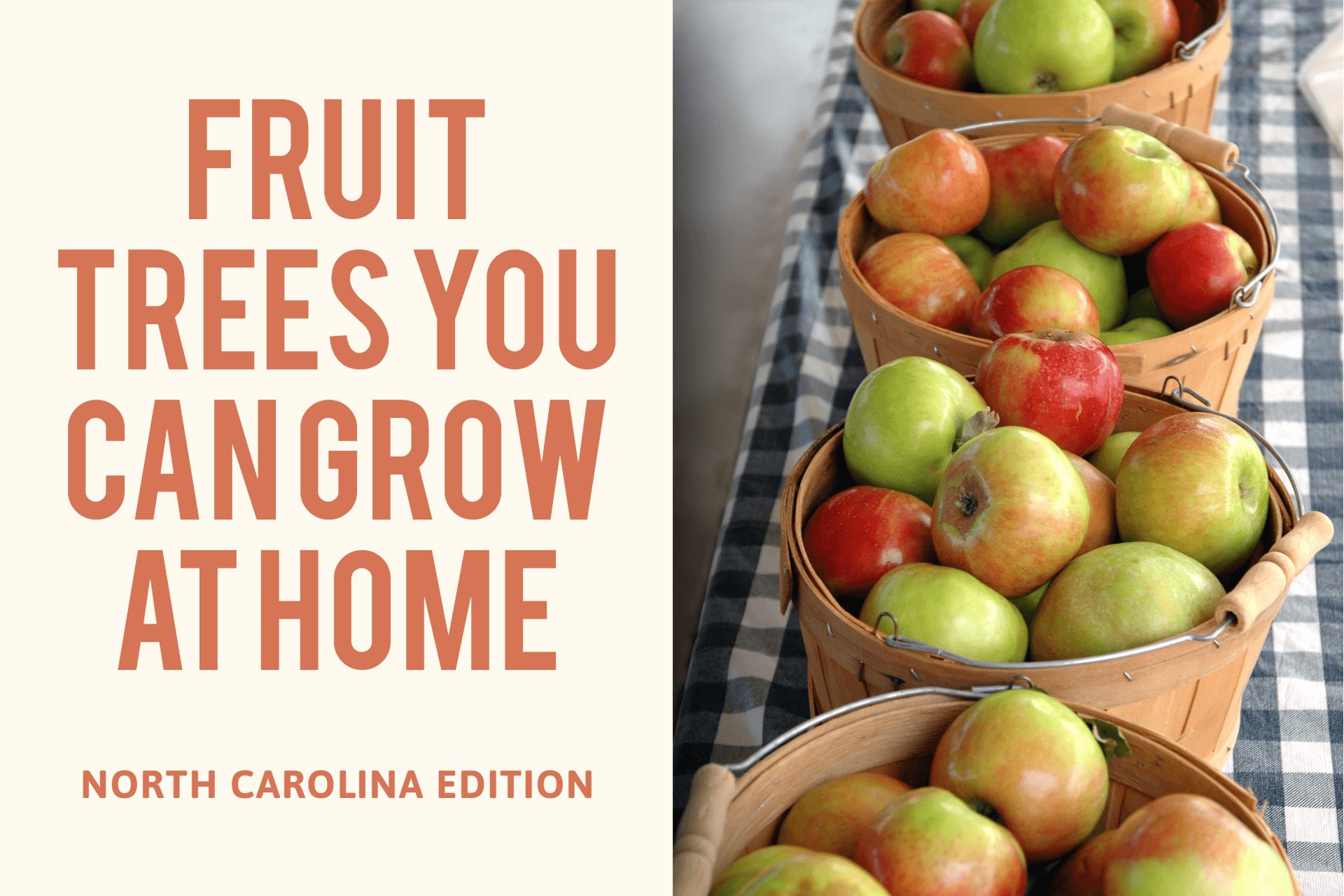Arizona provides a unique set of climates that are perfect for growing fruit trees. The Low desert provides the perfect environment for tropical trees like Citrus to thrive while the northeast has the right balance of chill hours and heat to grow things like Peaches, Plums, and Apples. The key to your success is picking heat-tolerant varieties with low chill hour requirements. Keep reading to learn more about what you can grow in Arizona.
All of the following recommendations are listed:
Fruit Tree: Variety (Required Chill Hours)
Description
Citrus Trees: All Citrus
Arizona is one of the top producers of citrus in the country. The citrus industry in Arizona even predates statehood by decades. Lemons, Limes, Mandarins, Grapefruit, and Oranges thrive in the warm sun and fertile soil of this region.
Unfortunately due to Citrus Greening Disease (HLB), a fatal disease that is spread by the Asian Citrus Psyllid(ACP), Citrus producing states are highly regulated and the movement of citrus must follow careful guidelines. These regulations prevent the importation of Citrus trees from other citrus-producing states to prevent the spread of HLB.
Persimmon Trees: Fuyu(200hr)
Persimmon Trees are one of the easiest trees to grow trees as they are highly adaptable to a variety of soil conditions, require little to no pruning or fertilizing. These large trees provide lots of shade in the summer and delicious fruit in the fall. Make sure to water every regularly in the summer.
Apple Trees: Granny Smith(400hr), Pink Lady(300-400hr), Anna(200hr)
Northeast Arizona provides just enough chill hours to get a good crop of apples. Your variety selection will be very important and critical to your success as selecting cultivars that require more chill hours than your area can provide will likely not fruit. Apple trees are relatively easy to grow but do require a fair amount of maintenance. Make sure to prune every year and thin your fruitlets to 1-2 fruits per cluster to get decent size apples. Plant Guard tree paint/ spray is recommended to protect your tree from the hot summer sun, especially if pruned to an open center. An annual top dressing of compost and mulch in the spring helps maintain soil moisture as well as feed your tree during the growing season.
Asian Pear Trees: Hosui(300-400hr), 20th Century(300-400hr), Shinseiki(250-300hr)
The Asian Pear also grows very well in Arizona. You will want to follow the same growing tips as stated above for the apples but with a couple of minor adjustments. You will want to feed these hungry trees monthly with either fertilizer or compost during the growing season. These trees often set much more fruit than they can support so thin to 1 fruitlet per cluster and leave a minimum 4" gap between fruitlets to allow the fruit to size up properly.
Apricot/Plum Trees: Blenheim(400hr), Gold Kist(300hr), Santa Rosa(300hr), Methley(250hr)
Plums and Apricots are grown all over the state. The hot Arizona sun produces incredibly sweet fruit but can also cause sunburn. Protecting your trees with Plant Guard tree paint/spray will be very important for the longevity of your tree. Much like Apples and Pears, you want to be planting varieties that require a lower number of chill hours for a good fruit set. Pruning to an open center to evenly ripen fruit is recommended. Make sure to plant your tree in well-draining soil and water regularly. An annual dose of fertilizer or compost will encourage new growth and improve fruit quality.
Peach/Nectarine Trees: Babcock Peach(250-300hr), Double Delight(300), Snow Queen(250-300)
Much like their relatives mentioned above, Peaches and Nectarines thrive in this warm environment and produce excellent fruit packed with sweet juicy flavor. These trees can be a little sensitive to full sun exposure the first season, but once acclimated and established, they can handle the hot and cold weather just fine. Stone fruit is best planted dormant during the winter and in well-draining soils preferably away from competing plants like grasses as these trees tend to develop roots near the surface. Top dress the soil around the tree with a generous layer of compost and mulch annually for the best results. Pruning your tree to an open center and protecting it with tree paint or foliar spray will give you even ripening and protection from the extremely hot weather.
Jujube Trees: Li(200hr)
Jujubes are one of the most underrated fruit trees in our lineup. They produce delicious plum shape fruit with an apple-like texture and uniquely sweet flavor. They can be eaten fresh or dried into an almost date-like treat. Jujube trees are well adapted to the Arizona heat and have almost no pests or diseases that affect them. This is a robust grower that can adapt to a variety of soil types, is semi drought tolerant, and grows quite vigorously. This unique, long-living tree will fruit for many years to come.
Fig Trees: Brown Turkey(100hr), Black Mission(100hr), Kadota(100hr)
Figs are one of the easiest fruit trees to grow because they require fewer chill hours than most fruit trees and suffer from minimal pest and disease damage. Figs are also self-pollinating and will often bear two crops a year depending on the variety. Low desert gardeners should plant during the fall or early spring and in well-draining soil. Regular watering is critical for your tree to thrive in the summer months. You will want to protect your tree from sunburn with Plant Guard tree paint/foliar spray. Fig trees also do very well grown in containers. This makes them a perfect choice for growers with small spaces.
Grapes: Ruby Seedless(100hr), Flame Seedless(100hr)
Arizona provides a great environment for grapevines. These vines are typically sold as bare-root and should be planted in the fall or late winter. Provided that you can supply your tree with full-sun, well-draining soil that is free of grass, your grapes will thrive. You want to avoid clay soils. Plant your vines about six feet apart, top dress with compost in the spring, and deeply but infrequently. Heavy pruning in the winter is recommended to regulate growth and maintain adequate fruiting wood.
Pomegranate Trees: Wonderful(150hr), Desertnyi(200hr)
Pomegranates are hands down one of the easiest trees to grow period. They require a fairly low number of chill hours to fruit, low water, and fertilization needs and they are self-pollinating. This drought-tolerant tree is also very adaptable to a variety of soil conditions. It's almost harder to kill one of these trees than it is to grow one. They can be grown as trees or bushes depending on the pruning style. A mature tree will be covered in beautiful flowers in the spring that will slowly grow into wonderful red fruits as the season progresses.
Protect your fruit trees from hot Arizona sun with Plant Guard tree paint and foliar spray.
$30.00
--OVERVIEW-- The Organic & Effective Time Release Plant Guard Defense With 7 Natural Oils! IV Organic 3-in-1 Plant Guard Spray Bottle is an organic, non-toxic, environmentally safe product. FIRST DEFENSE: Provides a shield against the sun's harmful rays that cause… read moreIV ORGANIC 3-in-1 Plant Guard Spray

Author: Israel Osuna
Source:https://cals.arizona.edu/yavapai/anr/hort/byg/




